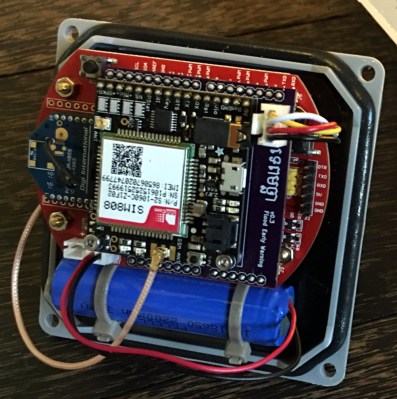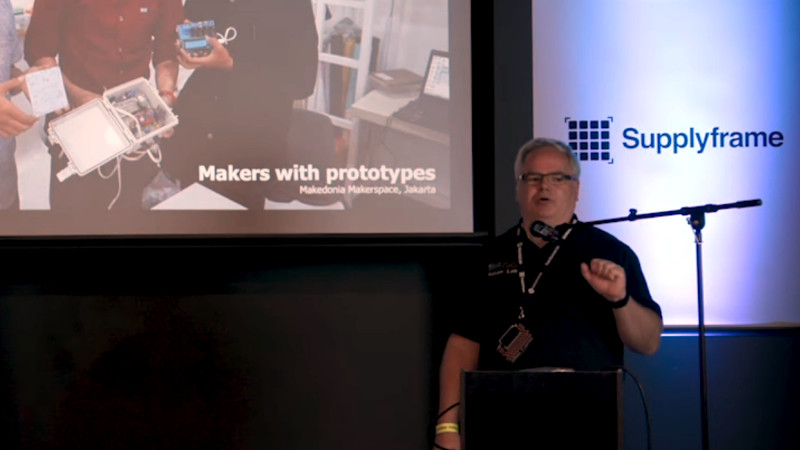Throughout the six years of the Hackaday Prize we have seen a stream of projects tackling all manner of applications and challenges. Many of them have a goal of addressing issues faced by people in developing countries, and this was the topic upon which Rob Ryan Silva spoke at the Hackaday Superconference.
Rob’s perspective is an interesting one: he runs the maker lab at Development Alternatives Incorporated, or DAI, who are best described as a specialist contractor in the international development sector. Thus while many of the Prize entrants are hardware hackers who have become involved in development related projects, he is a development specialist who has made the opposite journey to becoming a hardware hacker.
Join me below for the video of Rob’s talk and a deep dive into it. Also of note, tickets for the 2019 Hackaday Superconference are now available, the Call for Proposals is now open, and of course, the 2019 Hackaday Prize is ready for your entry! Okay, now onto Rob’s talk.
Always Know Your Context
Knowing your context is key. We all design our work using our built-in knowledge of the world, which though we are well-meaning might not always be in sync with the environments in which it will eventually be placed. A device might fail and have no spare parts, or simply be ill-adapted to the needs and abilities of its intended users. The point Rob Ryan Silva drives home as a frequent gotcha is that the solution is not ready for the environment, rather than the environment not being ready for the solution.

Knowing the technology available to the target user is an important consideration. Rob used a sonar water level detector in Cambodia as an example. When it detects a high river level it triggers a recorded voice call rather than the SMS text message you might expect, because few phones in the hands of users support the Khmer character set.
Another example is the choice to use open source tools rather than proprietary ones. This allows other people to refine and adapt your work, which can be vital to keeping it relevant. A point that should be important in any situation is that the problem should drive the solution rather than the other way around.
Stakeholders Make All The Difference
Throughout his talk, Rob stresses the importance of understanding the stakeholders involved with the project. You can’t build a solution to a problem unless it is embraced and valued by people who are using it. This could mean working with government agencies or NGOs. But for the best chance of success, the people in the community need to buy into the project’s continued viability, and must have an incentive to keep it running. He suggests designing with rather than for the users. One of his examples was recruiting a local cafe owner next to the bridge holding the level monitor to keep kids from breaking the device’s solar panel with their slingshots.
Many of us have thought about projects which might answer a problem faced by people in developing countries. This talk provides a well placed insight into this kind of work from the rare standpoint of someone with a foot in both communities. If you follow that course it might help you avoid becoming an engineer saviour.

















Why is it kids no matter where in the world you are want to break stuff ….
Well like most things I suspect it’s a very small minority making ‘kids’ look bad.
Most people are awesome, but it only takes a few that aren’t to give most inviduals the impression that people suck. When again, most people are awesome.
Parenting is hard, parents are very busy and some do a better job than others.
Each child is unique and not solely the product of their parents’ parenting efforts.